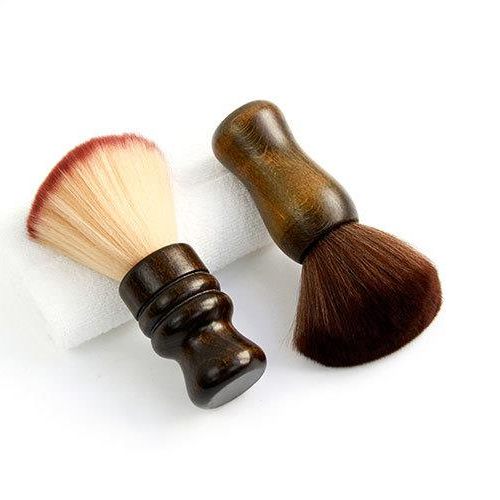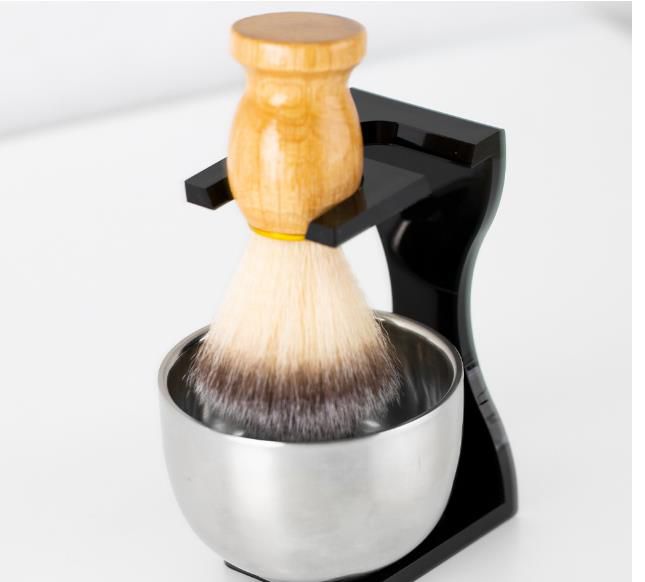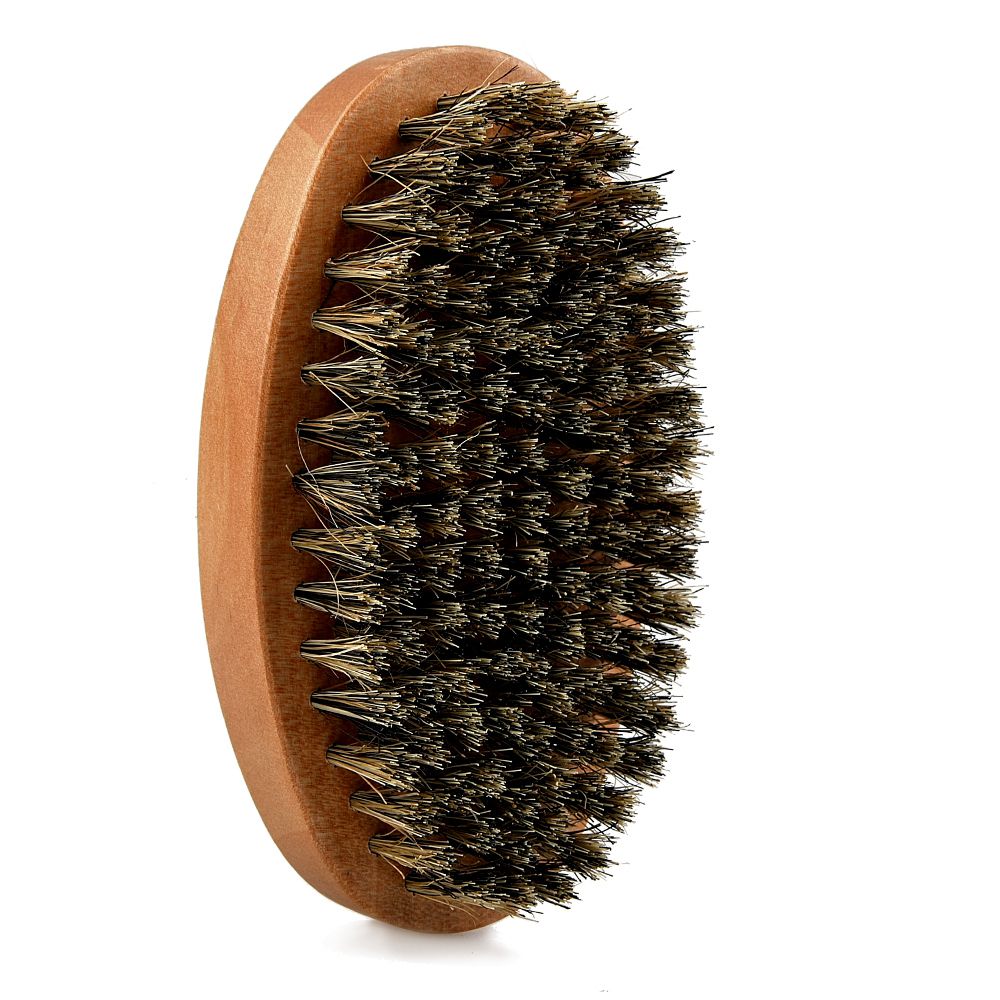Industry news
The Impact of E - commerce on the Shaving Brush Market
- 191 Views
- 2025-09-28 02:32:26
The Impact of E-commerce on the Shaving Brush Market: Trends, Challenges, and Opportunities
The shaving brush market, long rooted in tradition—with craftsmanship, heritage brands, and niche appeal—has undergone a profound transformation in recent years, driven largely by the rise of e-commerce. Once reliant on brick-and-mortar retailers, specialty stores, and regional distributors, this market now navigates a digital landscape where online platforms have redefined how brands operate, consumers shop, and trends evolve. This explores the multifaceted impact of e-commerce on the shaving brush market, from democratizing global access to reshaping consumer behavior and driving innovation.

Redefining Market Access: From Local to Global

Traditionally, the shaving brush industry was characterized by high barriers to entry, especially for small and medium-sized manufacturers (SMEs). Access to international markets depended on striking deals with distributors, negotiating shelf space in physical stores, or participating in costly trade shows—obstacles that often limited growth to local or regional audiences. E-commerce platforms, however, have dismantled these barriers. Marketplaces like Amazon, Alibaba, and Etsy, alongside direct-to-consumer (DTC) websites, allow even boutique brands to showcase their products to a global customer base. For instance, a family-owned brush maker in China specializing in handcrafted獾毛 (badger hair) brushes can now list on Alibaba and connect with barbershops in Italy or independent retailers in Canada, bypassing layers of intermediaries. This shift has not only expanded market reach but also diversified the competitive landscape, fostering a surge in artisanal and niche labels alongside established players.
Shifting Consumer Behavior: Informed, Empowered, and Discerning

E-commerce has empowered consumers with unprecedented access to information, transforming how they research, compare, and purchase shaving brushes. Unlike traditional retail, where product knowledge is limited to in-store displays, online platforms enable shoppers to delve into details: brush hair type (badger, boar, synthetic), handle material (wood, resin, metal), and even manufacturing processes (hand-turned vs. machine-made). Reviews and user-generated (UGC)—such as YouTube tutorials on lathering techniques or Reddit threads debating synthetic vs. natural bristles—further guide decisions, pushing brands to prioritize transparency. This demand for clarity has led to more educational product pages, with brands like The Art of Shaving and Edwin Jagger now including detailed guides on bristle care and compatibility with shaving creams.
E-commerce has also fueled the “shaving as a ritual” trend, particularly among millennials and Gen Z, who view traditional wet shaving as a mindful, self-care practice. DTC brands, in particular, leverage this by storytelling—framing their brushes as tools for “reclaiming the art of shaving”—and engaging consumers through social media. A survey by Statista notes that 62% of U.S. men aged 25–34 research grooming products online before buying, highlighting e-commerce’s role in shaping informed purchasing habits.
Product Innovation and Niche Market Growth
The agility of e-commerce has accelerated product diversification in the shaving brush market. Online platforms enable brands to quickly identify and cater to emerging consumer preferences, leading to the rise of niche segments. For example, the demand for sustainable grooming products has spurred the development of eco-friendly shaving brushes: synthetic bristles made from recycled plastic, handles crafted from reclaimed wood, or fully biodegradable packaging. Brands like “Zero Waste Shave Co.” have built their entire identity around this niche, marketing exclusively through e-commerce to target environmentally conscious shoppers.
Similarly, the “bespoke” trend—driven by consumers seeking personalized products—has thrived online. Platforms like Etsy host independent artisans offering custom-engraved handles or made-to-order bristle density, tapping into the desire for uniqueness. E-commerce analytics further support this: brands can track search terms (e.g., “vegan shaving brush,” “handmade badger brush”) and adjust production to meet real-time demand, reducing inventory waste and ensuring relevance.
Challenges: Competition, Counterfeiting, and Customer Experience
Despite its benefits, e-commerce presents significant challenges for shaving brush brands. The low barrier to entry has intensified competition, with hundreds of new players flooding platforms and driving price wars—particularly for mass-market synthetic brushes. This pressure often forces brands to compromise on quality or slim profit margins, threatening the sustainability of artisanal manufacturers.
Counterfeiting is another critical issue, especially for premium brands. Fake “high-end badger brushes” (often made with low-quality animal hair or mislabeled synthetic fibers) undercut legitimate sellers, eroding consumer trust. A 2023 report by the Global Brand Counterfeiting Report estimated that counterfeit grooming products cost the industry $4.2 billion annually, with e-commerce platforms serving as a primary distribution channel.
Additionally, the lack of tactile experience—feeling bristle softness, testing handle ergonomics—remains a hurdle. While detailed product images and videos help, some consumers still hesitate to buy high-value brushes online. Brands are addressing this with virtual try-ons, 360-degree product views, and lenient return policies, but logistics complexities (e.g., international shipping delays, customs fees) can hinder post-purchase satisfaction.
Opportunities: Data-Driven Agility and Brand Loyalty
For forward-thinking brands, e-commerce offers opportunities to thrive through data-driven strategies. Platform analytics provide insights into consumer behavior—such as peak purchase times (e.g., holiday seasons for gift sets), geographic demand hotspots (e.g., Western Europe for traditional badger brushes), and trending search terms. This data allows brands to optimize inventory, tailor marketing campaigns (e.g., targeted ads for eco-conscious shoppers), and even co-create products with customers via surveys or social media polls.
Social commerce is another growing frontier. Integrating shoppable posts on Instagram or TikTok, where influencers demonstrate shaving routines using specific brushes, bridges the gap between discovery and purchase. Brands like “Shave Well Co.” have seen a 40% increase in online sales by partnering with grooming creators, leveraging their authenticity to build trust.
Finally, sustainability is emerging as a key differentiator. E-commerce consumers increasingly prioritize brands with transparent, eco-friendly practices—from carbon-neutral shipping to ethical sourcing of materials (e.g., cruelty-free synthetic bristles). Brands that highlight these efforts on product pages and in marketing materials not only attract conscious consumers but also align with platform algorithms that favor sustainable listings (e.g., Amazon’s “Climate Pledge Friendly” badge).
Conclusion
E-commerce has irrevocably transformed the shaving brush market, breaking down geographic barriers, empowering consumers, and driving innovation. While challenges like competition and counterfeiting persist, the opportunities—from global reach to data-driven customization—are immense. For brands, success lies in adapting to this digital shift: prioritizing transparency, leveraging analytics, and embracing sustainability to stand out in a crowded online landscape. As the market continues to evolve, e-commerce will remain both a disruptor and a catalyst, shaping the future of shaving brush craftsmanship and consumption.











